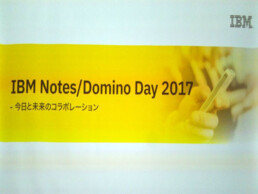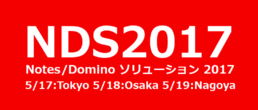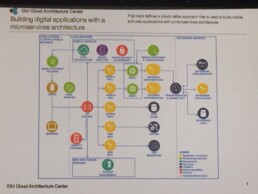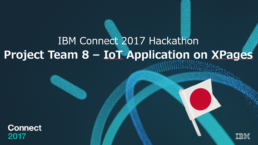(日本語) 2018 IBM Championに任命されました
Tuesday February 6th, 2018ニュースNotes/Domino,XPages,IBM Champion
Sorry, this entry is only available in Japanese.
Introducing IBM Domino Application on Cloud by IBM Notes/Domino Day 2017
Wednesday September 20th, 2017Notes/Domino,Notes/DominoNotes/Domino 日本語,Notes/Domino Day 2017,IBM Domino Application on Cloud,dac
IBM Notes/Domino Day 2017 was held in Tokyo on 09/19/2017.
I was very glad to hear that IBM Japan put "Notes/Domino" in their event title! It reminds me the Lotusphere event somehow.
And surprisingly Ed Brill came to Japan for speaking at OGS session of this event. Welcome to Japan!
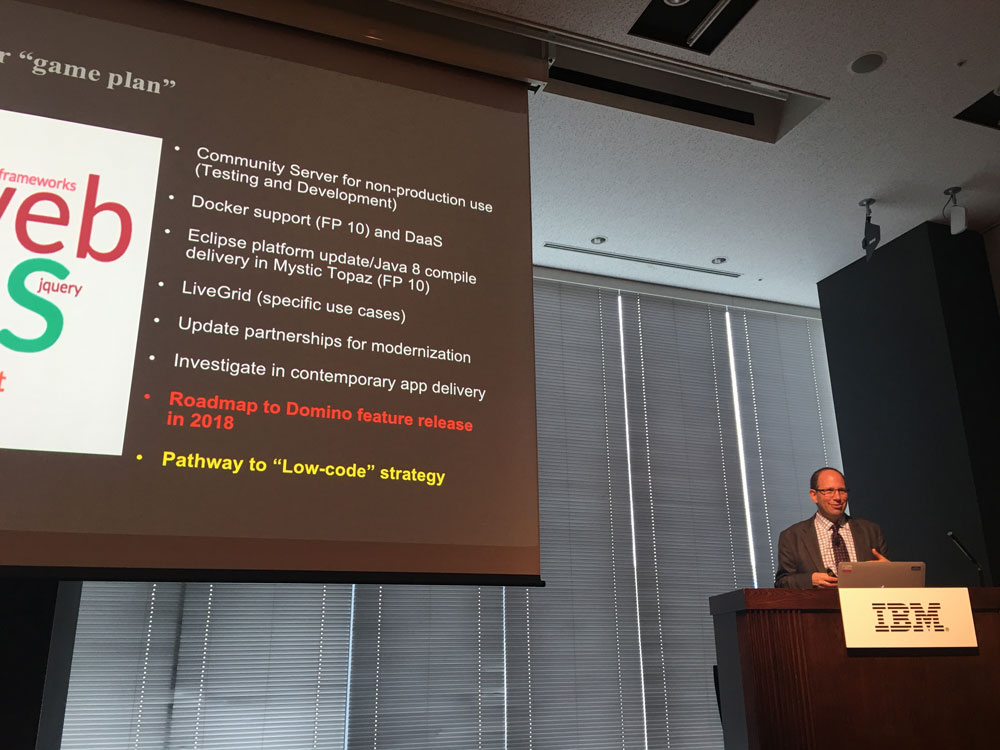

In this event, IBM announced new coming service called "IBM Domino Application on Cloud" and the details.
IBM Domino Application on Cloud(DAC)
As my opinion, the one of biggest announcement is IBM Domino Application on Cloud in this event.
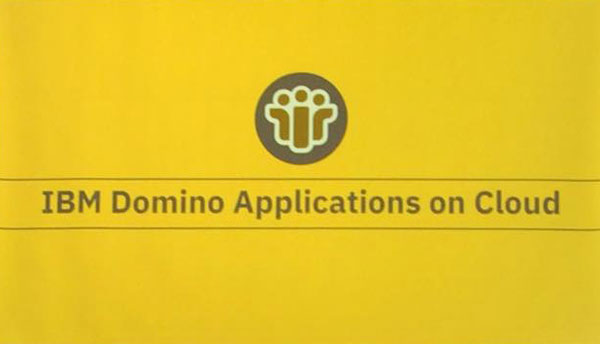

First time I've seen the golden color icon of Domino!
"IBM Domino Application on Cloud (DAC)" seems to provide the cloud platform that users can deploy the own custom NSF applications, and IBM tunes and do service maintenance for cloud domino server as well as the other PaaS solution.
The service release date is in October,2017, so it is really coming soon!
Before I've heard this new announce, I was wondering the answer for "IBM Domino Applications on cloud" solution by IBM is "XPages on Bluemix", However IBM was preparing much better answer than my guessing.
Below is the features I've heard about DAC in this event.
- Built Domino environment by own organization cert ID
- Users can create and deploy own custom NSF application
- Can be used by IBM Notes Clients, ICAA, WEB access
- Encrypt the saved data
- Capability of sending mail and/or running the schedule agent
- Allow to replicate between on-premise and cloud domino
- Users cannot get the control of domino administration.
- Domino server upgrade is made by IBM
- Max NSF size is up to 25 GB.
- Domino clustering is optional
- Enable DAOS is optional
- Domino Access Service is optional
Technically, DAC seems to be made by Docker technology and the domino server deployed to the docker container can host the users applications each.
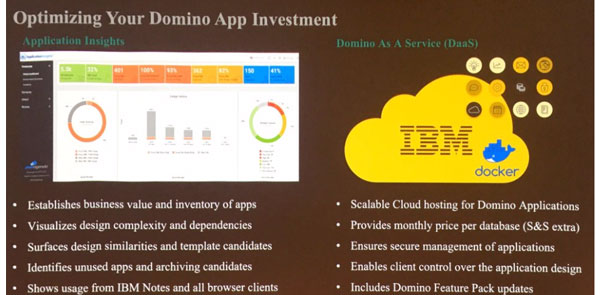

I was also happy to hear that Tokyo data center was included as the Tier 1 location of DAC hosting center.
Tier 1 location is US, AP(Japan), EU(Germany and Netherlands), Tier 2 location is Australia, India, China...
License of DAC
Below is the information of DAC License I'v heard today:
- Montly charge by each DB
- Contract period is at least more than 1 year
- BYOL (Bring Your Own License), so SS&S license of Enterprise Server,Utility Server, etc needed
- Start the service from Minimum 10 dbs
Conclusion
IBM already provided the cloud solution for mail, calendar by Verse. And now finally we could get the cloud option for own custom applications. Also I wonder mix environment of XPages on Bluemix and DAC can make something new spark like easily integrating with other systems, etc.
Finally I hope these new services also give the spotlight to the XPages development more.
(日本語) カスタムコントロール プロパティ定義にNotesDocumentを渡す方法
Tuesday July 18th, 2017Lotus Domino Designer,Notes/Domino,XPages アプリケーション開発,XPagesNotes/Domino 日本語,XPages
Sorry, this entry is only available in Japanese.
(日本語) XPAGEで膨大なJSONデータをリッチテキストフィールドに保存する方法
Monday May 15th, 2017JSON,XPages アプリケーション開発,XPagesNotes/Domino 日本語,XPages
Sorry, this entry is only available in Japanese.
(日本語) カスタムコントロール内でDocumentデータソースのフィールドを動的に定義する方法
Tuesday April 25th, 2017Lotus Domino Designer,Notes/Domino,XPages アプリケーション開発,XPagesNotes/Domino 日本語,XPages
Sorry, this entry is only available in Japanese.
(日本語) 【2017/5/17-19】Notes/Dominoソリューション2017:Aveedoのご紹介
Monday April 24th, 2017ニュース,Notes/Domino 日本語,Aveedo
Sorry, this entry is only available in Japanese.
(日本語) IBM Connectons PINKとDominoの未来
Monday February 27th, 2017mongodb,ニュース,Notes/Domino,XPages,Notes/Domino 日本語,IBM Connect 2017,IBM Connect 2017,graphQLdocker,react.js,radis
Sorry, this entry is only available in Japanese.


